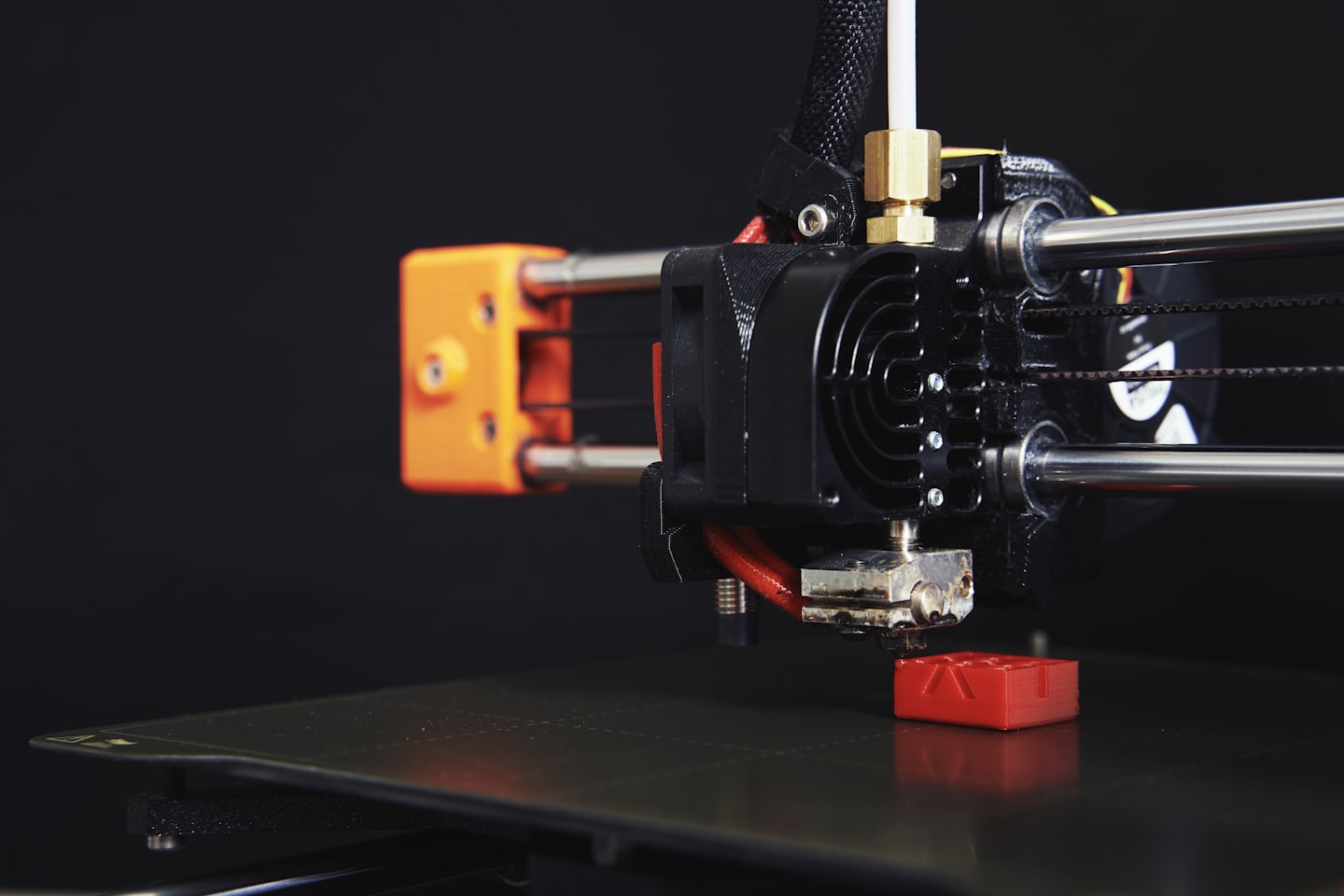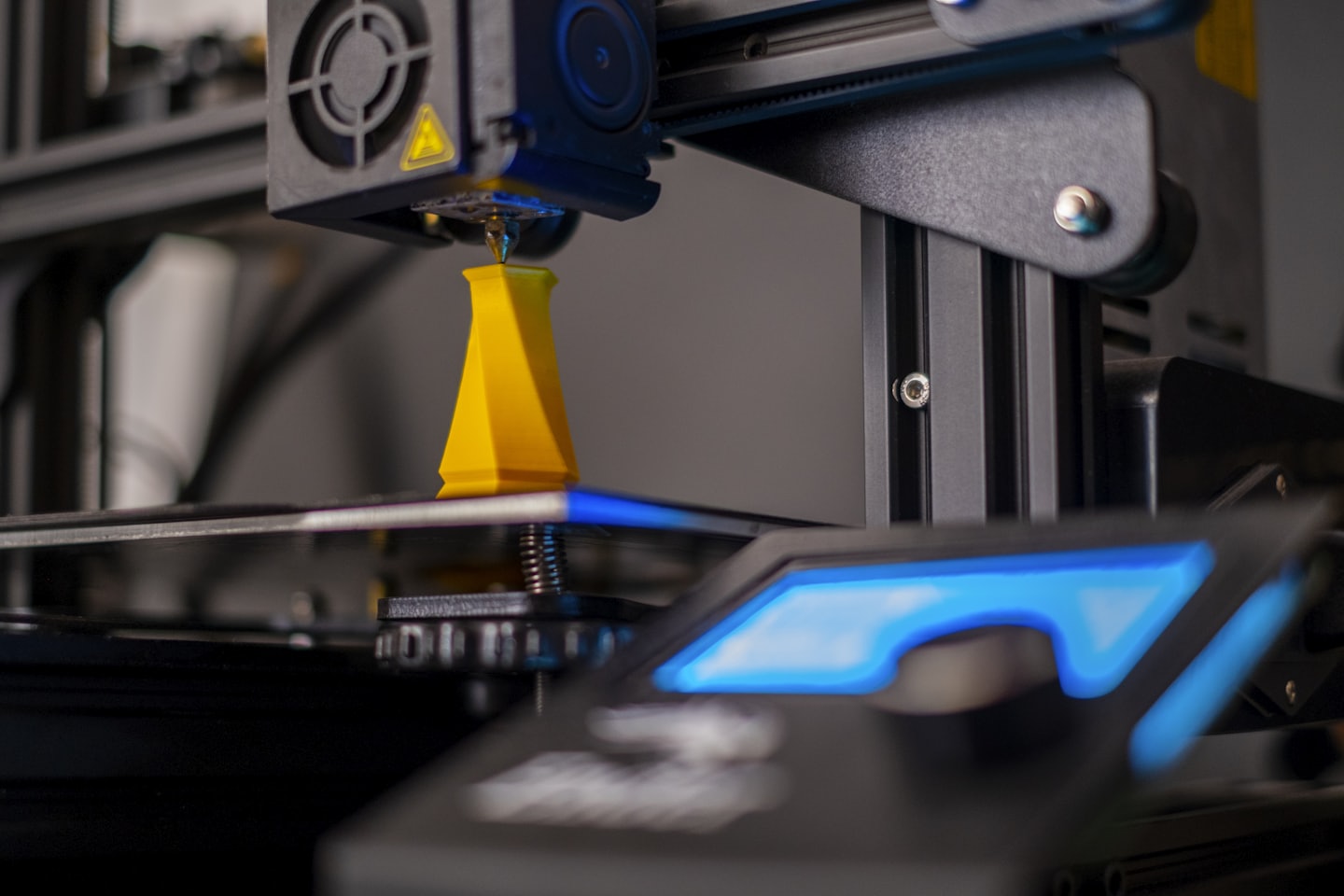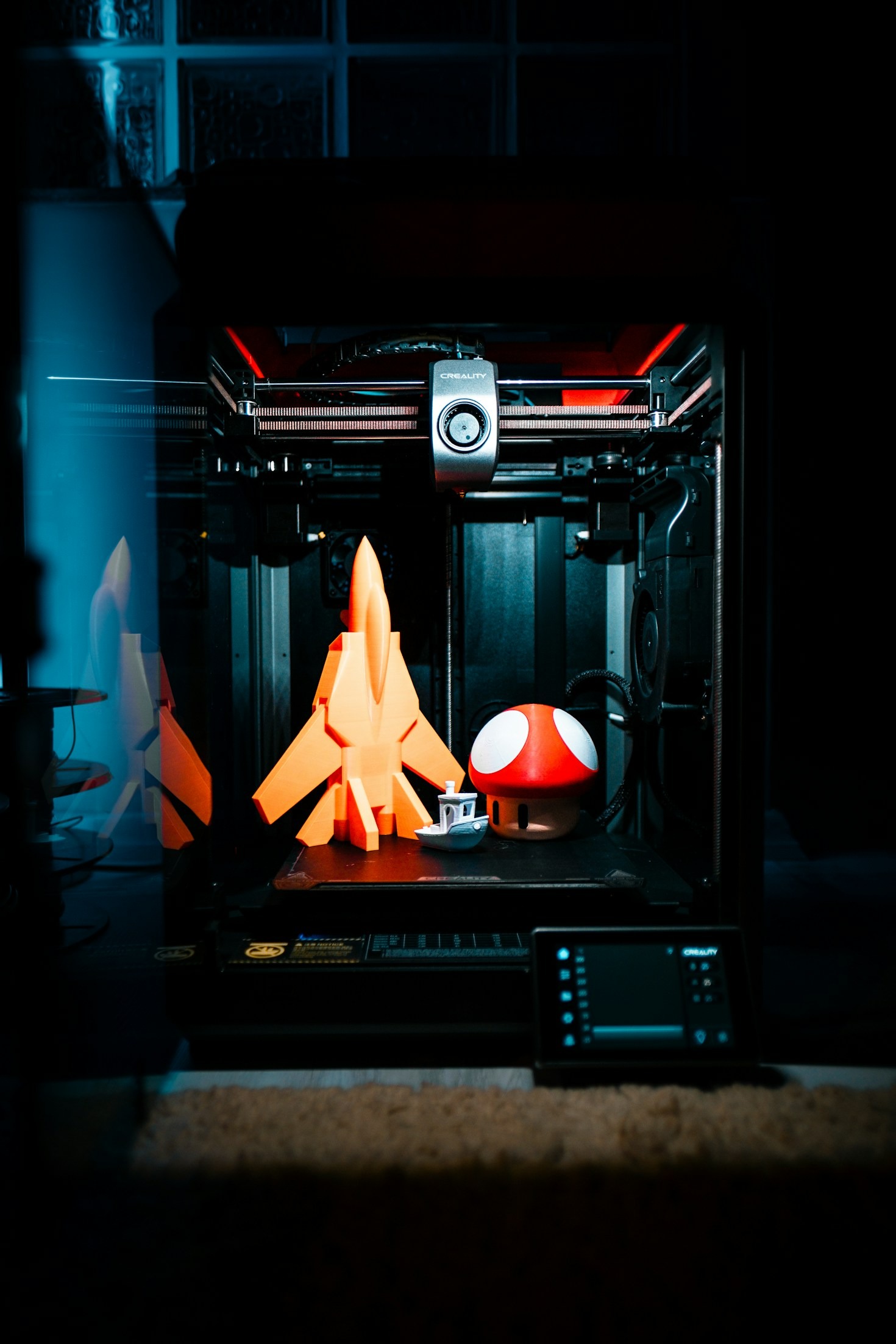Global Collaboration in the World of 3D Printing
How Connectivity, Community, and Technology Are Building the Next Industrial Revolution
🌍 Introduction: The Power of a Shared Vision
The story of 3D printing is no longer just about machines — it’s about people, partnerships, and a planet connected by innovation.
Additive manufacturing (AM) has always been about democratizing creation. It allows anyone, anywhere, to turn digital ideas into physical reality. But today, that democratization has evolved into something even bigger: global collaboration.
From open-source printer design in Europe to biofabrication research in the U.S. and material innovation in Asia, 3D printing has become the world’s most borderless industry — powered by a shared belief that knowledge grows when it’s shared, not hoarded.
“In the world of additive manufacturing, every print is local — but progress is global.”
🤝 Collaboration as the Catalyst for Innovation
3D printing thrives on collaboration because it sits at the intersection of so many fields: engineering, chemistry, computer science, design, biology, and business.
Unlike traditional industries guarded by trade secrets and patents, the AM community is rooted in open-source development and collective problem-solving.
The Best Examples of Global Collaboration:
-
Open-Source Printer Movements: Initiatives like RepRap and Voron brought together thousands of engineers across continents, creating ecosystems that evolve faster than any single company could manage.
-
International Research Partnerships: Universities and labs from Singapore to Switzerland collaborate on advanced materials and printing bioinks for regenerative medicine.
-
Cross-Industry Alliances: Automotive, aerospace, and medical device companies are co-developing 3D printing standards to ensure compatibility and safety.
At the core of all of this is the human network — a distributed R&D engine where competition coexists with cooperation.
🌐 The 3D Printing Network: Building a Global Ecosystem
Nowhere is collaboration more visible than in the emerging 3D Printing Network, which brings together leading organizations that specialize in every aspect of additive manufacturing:
-
3D Printing Central: A global directory and business hub connecting companies, suppliers, and innovators.
-
3D Printing Channel: A media platform amplifying knowledge, trends, and expert voices through news and interviews.
-
Association of 3D Printing: An international membership body focused on education, certification, and standardization.
-
3D Printing Ventures: A global investment platform accelerating startups, R&D projects, and new technologies.
-
Bioprinting World: The frontier where biology and additive manufacturing meet to transform healthcare.
-
3D Printing Coin ($3DP): A blockchain-based token connecting innovation, funding, and community incentives across the global AM ecosystem.
Together, these platforms represent the collaborative backbone of the next industrial revolution — merging business, education, research, and decentralized finance under one interoperable framework.
“When you link innovators, educators, and investors through blockchain and shared purpose, collaboration stops being a buzzword — it becomes an economy.”
💡 How Technology Enables Collaboration
The magic of 3D printing collaboration lies in how digital tools and decentralized technologies allow global teams to work as if they’re in the same room.
Key Enablers:
-
Cloud-Based CAD Platforms: Designers in different countries can co-edit 3D models in real time.
-
Blockchain and $3DP Tokenization: Every design can be tracked, licensed, and rewarded transparently — creating trust and incentivizing contribution.
-
AI-Powered Manufacturing Networks: Artificial intelligence helps coordinate distributed production, predicting logistics and quality outcomes across multiple nodes.
-
Quantum Simulation: Scientists from different labs can model new materials faster by running shared quantum algorithms on global networks.
This fusion of technology and trust is turning collaboration from a process into a protocol — a permanent layer of how innovation happens.
🧬 Collaboration in Bioprinting: Where Life Science Meets Global Science
Nowhere is global cooperation more critical — or more inspiring — than in bioprinting.
At Bioprinting World, researchers from around the globe share breakthroughs in printing tissues, bones, and organs. AI and quantum computing assist in simulation, while blockchain secures patient-specific data and intellectual property.
The result? A new model of scientific progress that’s not limited by geography or ownership — but instead driven by open science and ethical innovation.
“When we share the code of life responsibly, we accelerate healing for all humanity.”


🪙 Blockchain and Tokenization: Redefining Value Exchange
Collaboration isn’t just about sharing ideas — it’s about sharing value.
That’s where blockchain and the 3D Printing Coin ($3DP) come in.
By tokenizing collaboration, contributors — whether they’re engineers, designers, educators, or investors — can be rewarded for their input.
Smart contracts make it possible to track who contributed what, when, and how that value circulates throughout the ecosystem.
This model transforms the traditional linear business model into a decentralized innovation economy, where every participant has a stake in collective success.
It’s not just global collaboration — it’s global co-ownership of progress.
🌱 The Sustainability Imperative: Working Together for a Cleaner Planet
Climate-conscious collaboration is another major force in the global AM movement.
3D printing naturally reduces waste and enables localized production, but scaling that sustainability requires collective innovation:
-
Shared databases of recyclable materials.
-
Cross-border carbon tracking through blockchain.
-
Open frameworks for circular design.
Platforms like 3D Printing Central and Association of 3D Printing are connecting manufacturers and researchers worldwide to advance eco-friendly additive materials and carbon-neutral print farms — proving that sustainability works best when it’s collaborative.
🚀 Education, Standards, and Shared Knowledge
Education remains the foundation of global collaboration.
Through the Association of 3D Printing, educational institutions, corporate leaders, and hobbyists exchange resources to build universal training frameworks.
This shared educational infrastructure ensures that additive skills are transferable across regions and industries, enabling faster adoption everywhere.
Meanwhile, programs like 3D Printing MBA prepare leaders to navigate not just the technical, but also the strategic and ethical dimensions of global manufacturing.
“Collaboration without education is chaos; collaboration with education is evolution.”
🔮 The Future: A Borderless Network of Innovation
The next phase of additive manufacturing won’t be dominated by a single company, region, or nation.
It will be driven by a connected, tokenized, and transparent global network — where data, design, and creativity flow freely through digital supply chains.
From Shenzhen to San Francisco, from Berlin to Bangalore, the future of 3D printing is not about competition — it’s about contribution.
And through platforms like 3D Printing Channel, 3D Printing Ventures, and 3D Printing Coin ($3DP), this global collaboration is not just being discussed — it’s being built in real time.
“The factory of the future has no walls. Its blueprints are shared, its rewards are fair, and its innovation belongs to everyone.”


Leave a Reply